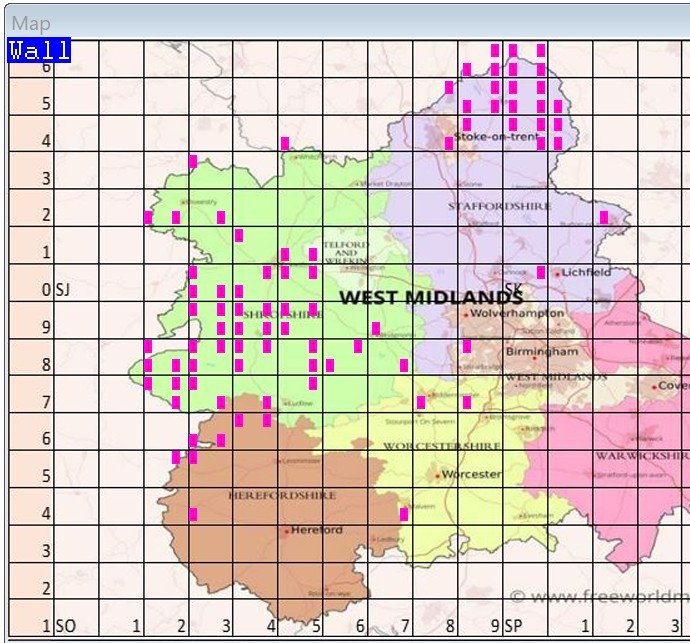Wall
Lasiommata megera
National Status
Rapid range contraction since 1980s. Occurs as far north as southern Scotland, main strongholds coastal. Population trend 10 years -25%; since 1976 -87%.
West Midlands Status
Most remaining populations in the north and west. Range contracting. Population trend 10 years – decreasing.
Habitat
Warm, sunny spots with short grass and rough stony ground. Has a liking for warm microclimates. Colonial but will wander occasionally into gardens.
Flight Period
Double-brooded flying May/June and late July/September. Second generation more numerous. Third brood occasionally in southern Britain but very rare in the West Midlands.
Hotspots
Bury Ditches, Caer Caradoc Hill, Wenlock Edge quarries, Titterstone Clee all in Shropshire. Bury Ditches, Lea Quarry
Caterpillar Food Plant
The main foodplants are Bents (various) (Agrostis spp.), Cock’s-foot (Dactylis glomerata), False Brome (Brachypodium sylvaticum), Tor-grass (Brachypodium pinnatum), Wavy Hair-grass (Deschampsia flexuosa) and Yorkshire-fog (Holcus lanatus).
Life Cycle
| Jan | Feb | Mar | Apr | May | Jun | Jul | Aug | Sep | Oct | Nov | Dec | |||||||||||||||||||||||||||||||||||||
| Egg | ||||||||||||||||||||||||||||||||||||||||||||||||
| Larva | ||||||||||||||||||||||||||||||||||||||||||||||||
| Pupa | ||||||||||||||||||||||||||||||||||||||||||||||||
| Adult | ||||||||||||||||||||||||||||||||||||||||||||||||
Distribution Map

